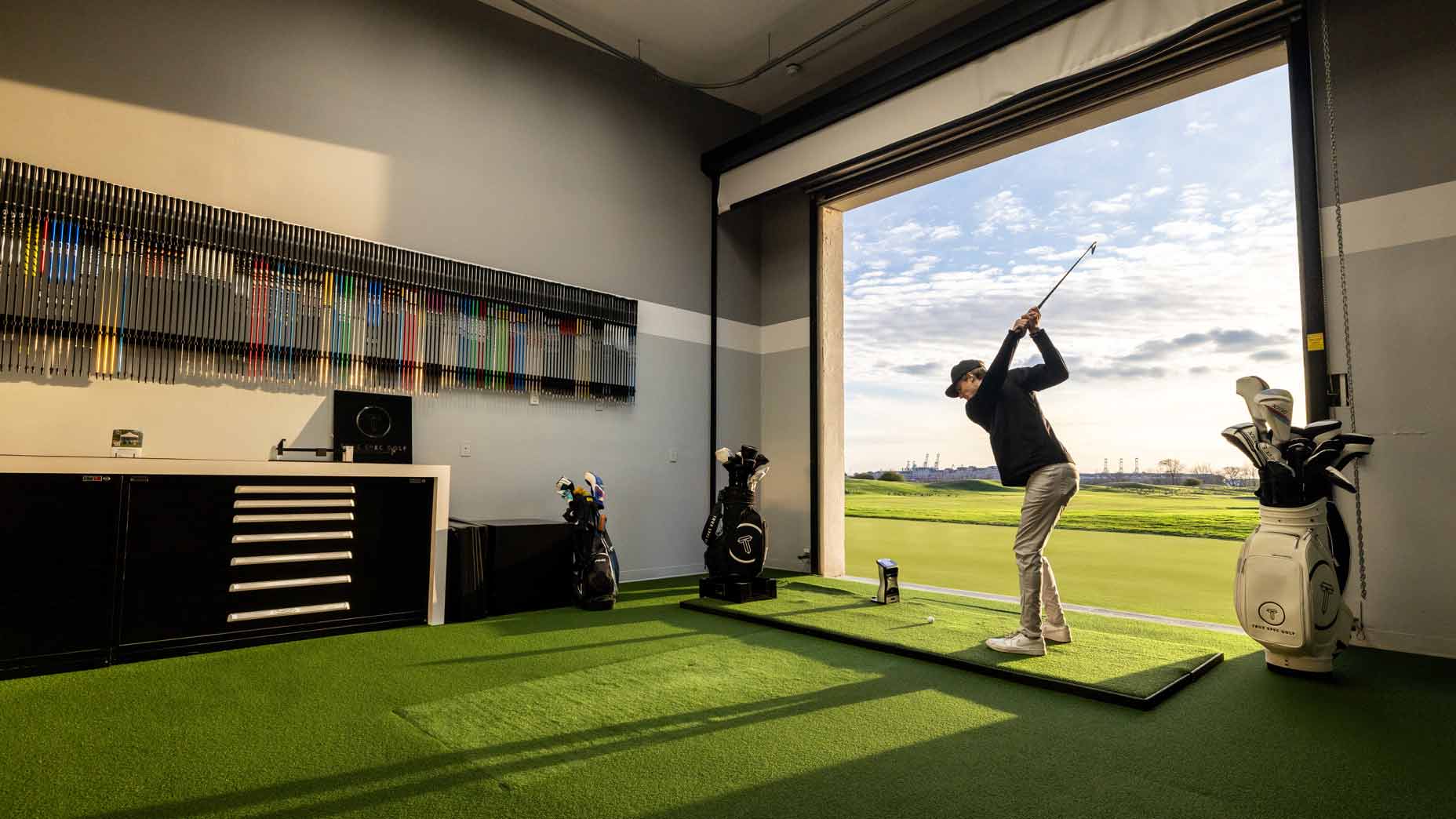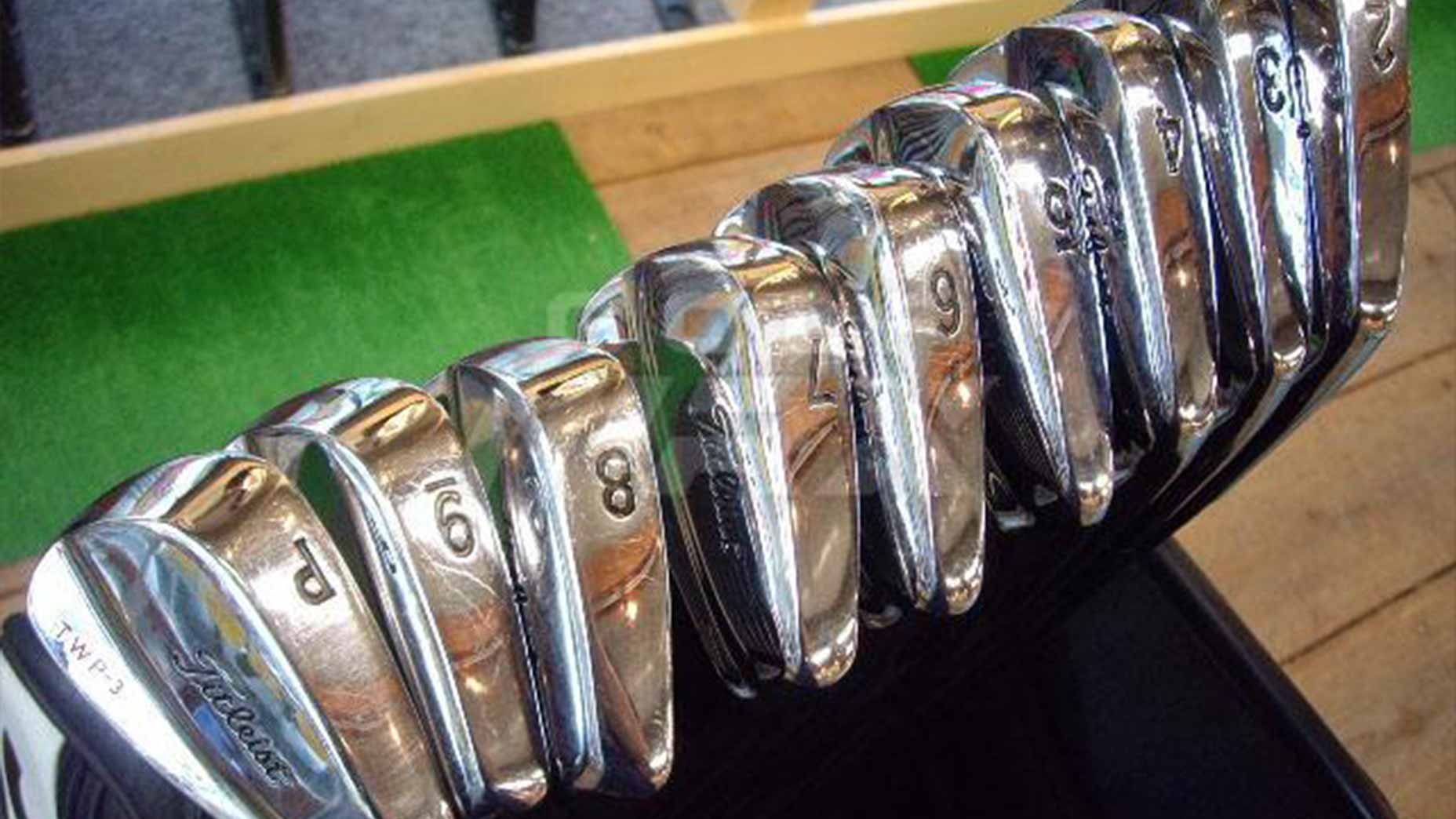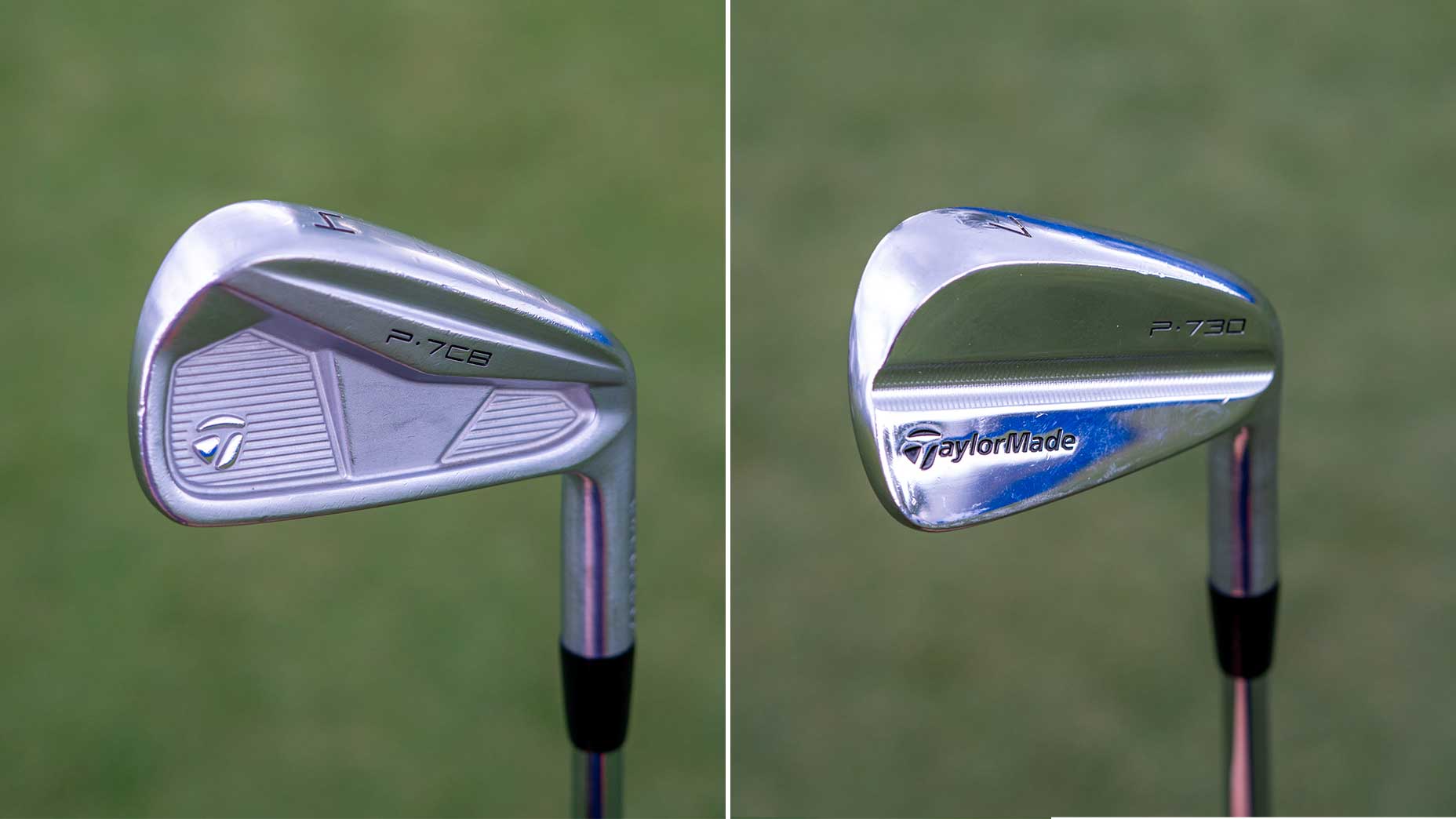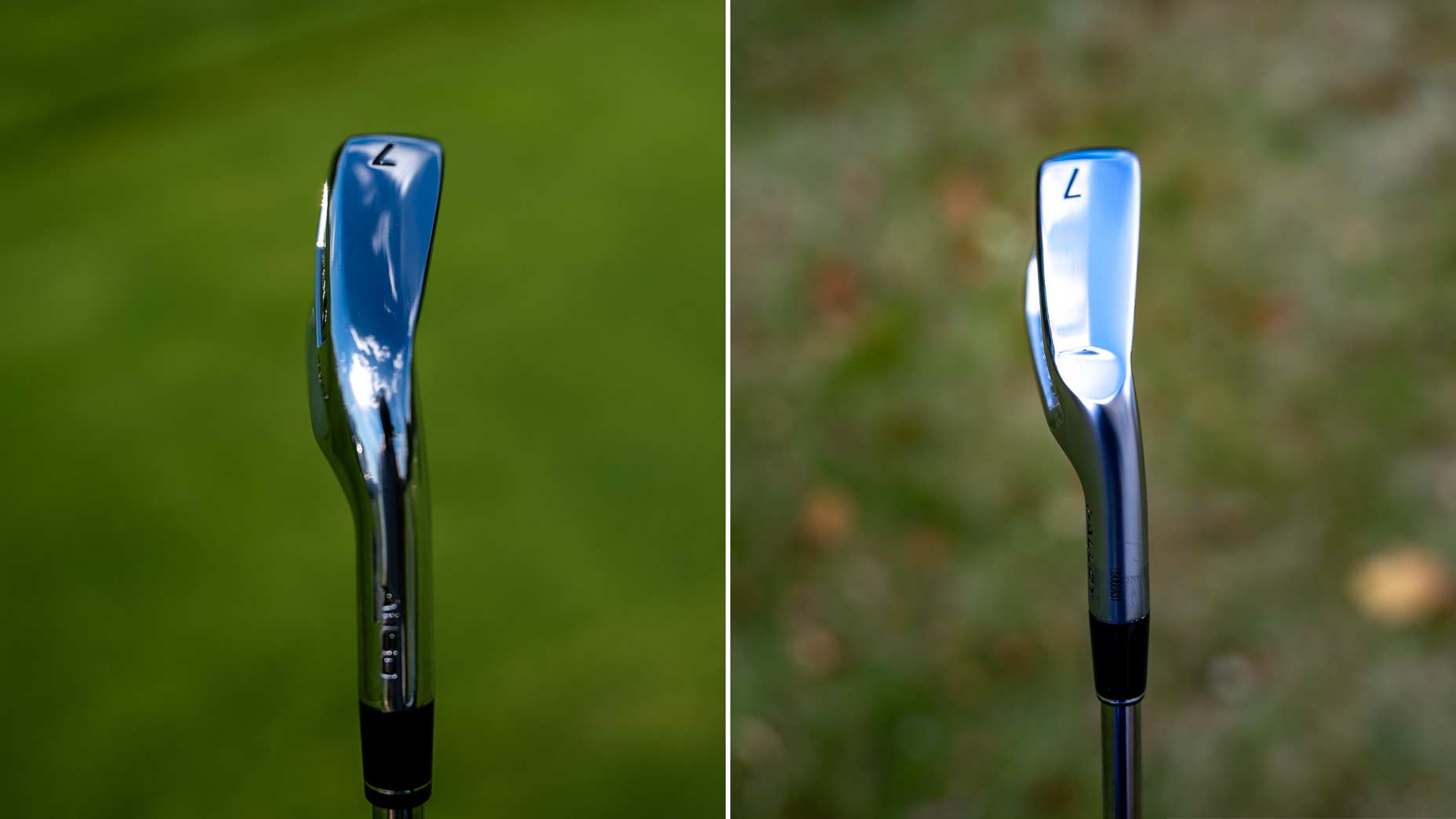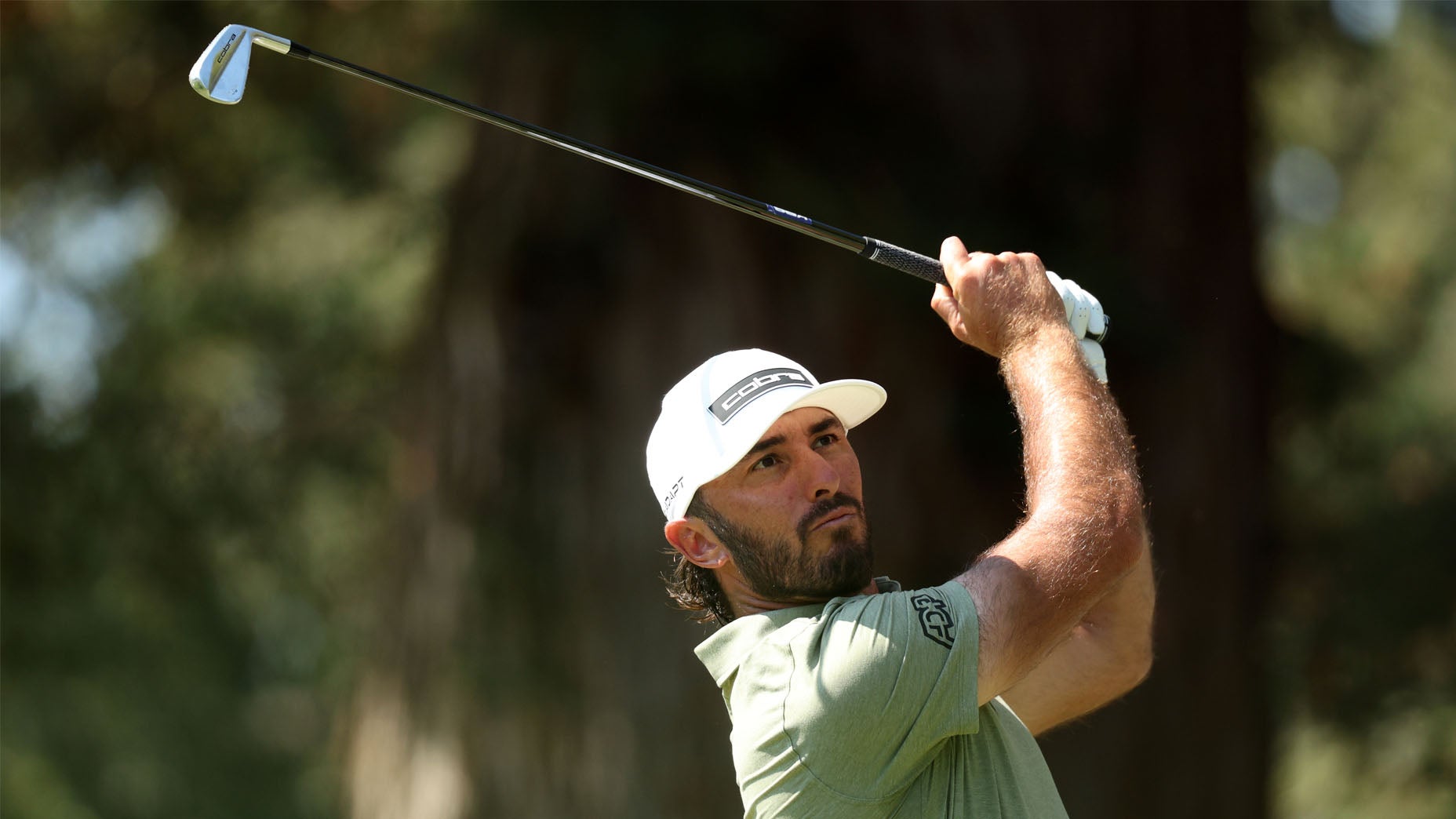Mizuno’s JPX line continues to push the boundaries of how an iron should look and perform. What started with the introduction of Boron-infused carbon steel with JPX850 Forged — a chemical element that made the head material 30 percent stronger than standard carbon steel, allowing designers to significantly thin out the face — quickly evolved into the inclusion of chromium-molybdenum-infused steel alloys (“Chromoly”) with JPX900 Hot Metal.
The high-strength steel alloy made it possible to design a 360-degree undercut, multi-thickness face and re-engineered sound ribs in the topline to hit specific vibration patterns for feedback enhancement at impact.
Like many of Mizuno’s most popular designs, it doesn’t take long before the outside-the-box materials make their way to the better-player offering. The new JPX921 line, particularly the Forged offering, is the result of tireless hours spent in R&D coming up with the “next big thing.” The end result is the integration of Chromoly-infused steel alloy into a full-body forging for the very first time.
Details on the entire JPX921 iron line can be found below.
JPX921 Forged (4-GW; $1,400)
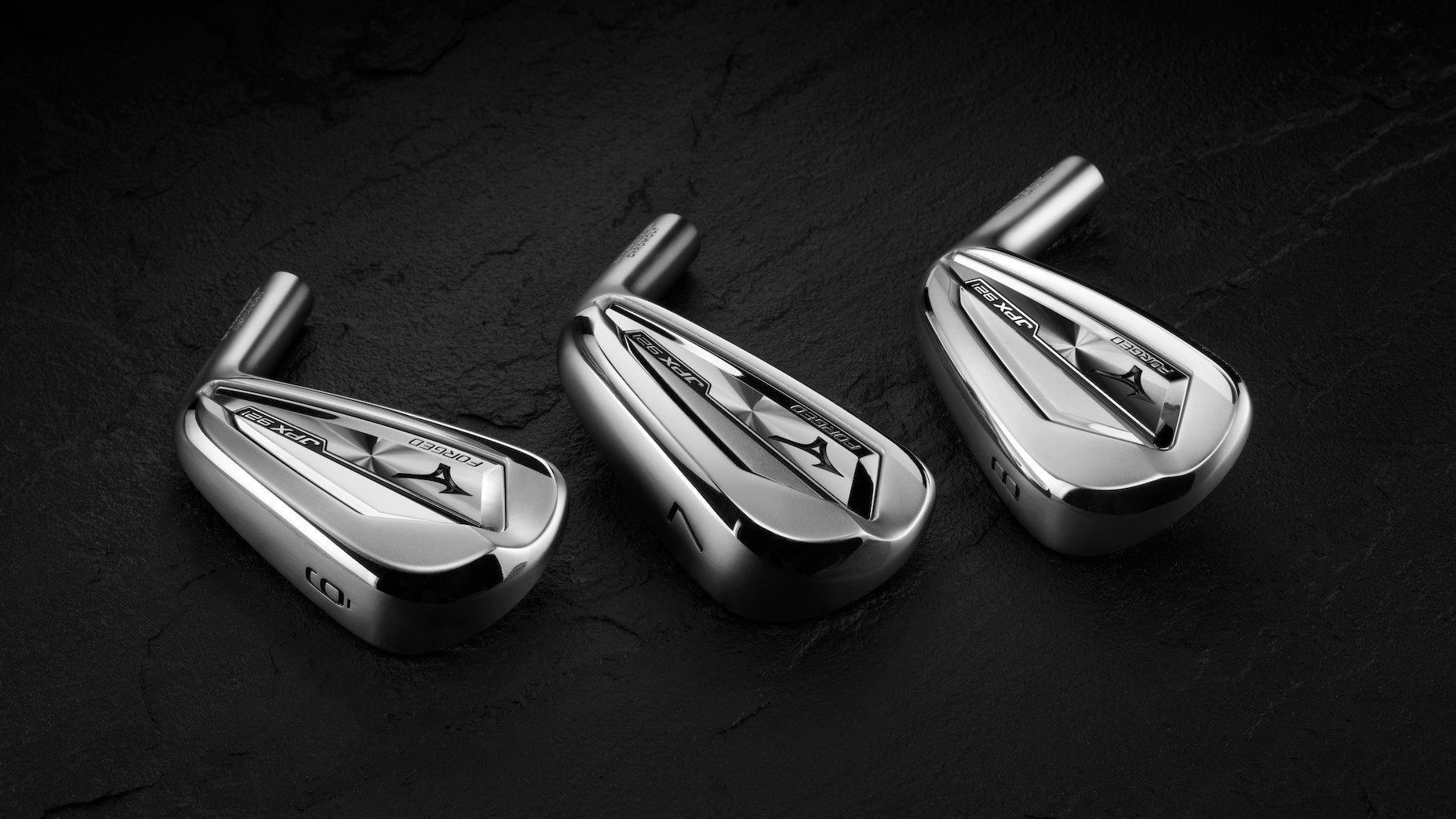
Mizuno’s JPX921 Tour is the iron you’ll see more of in the professional ranks, but don’t be surprised if a few players insert a Forged long iron (or two) in the near future. The Forged product is the most advanced iron in the lineup.
The inclusion of a Chromoly-infused 4120 steel alloy into a fully forged iron for the first time allowed designers to thin out the center of the face by 16 percent — compared to the Boron-infused JPX919 — increasing the COR and expanding the area by 45 percent for ball speeds that haven’t been seen before in a forged product.
What makes the design even more impressive is the head was actually reduced in size to give it a more compact look at address. Perimeter weighting was added to give the head a slight toe bias, improving overall stability on off-center hits. The CNC milled back slot was also made 6.4 percent wider for more distance potential.
Some of the more subtle changes include a beveled trailing edge for improved turf interaction and reduced offset throughout the set. While the Chromoly is designed to give the iron some serious oomph, Mizuno refused to sacrifice the overall look and feel of JPX921 Forged (right-handed only) to achieve more speed.
JPX921 Tour (4-GW; $1,300)

The JPX921 Tour (right-handed only) offers a blend of dashing good looks and workability that should appeal to the better player. The Grain Flow Forged HD from 1025E Pure Select Mild Carbon steel produces a consistent feel that elite ball-strikers have come to expect from Mizuno.
Golfers with a heightened sense of feel will likely notice a softer feel at impact due to a thicker section behind the hitting area. The thicker cavity pad evolved from Mizuno’s study of vibration patterns in an effort to elicit a pleasing sound at impact that hangs for a fraction longer.
While the toe bias weighting was reduced slightly, the overall outer perimeter frame was reinforced for stability purposes, improving the performance of off-center hits. The shorter irons were also given a narrower sole for enhanced turf interaction.
In the cosmetics department, a pearl brush, anti-glare finish was added to each head to minimize distractions at address.
If you’re a left-handed golfer, this is the point in the product rundown where you realize the JPX921 Tour and Forged are “right-handed only.” Don’t worry: Mizuno knows you’ve been clamoring for a southpaw Tour version. To satisfy the left-handed contingent, the JPX921 SEL combo set ($1,325) was created that blends Forged long irons (3-4) with Tour mid and short irons (6-GW). And for those golfers who are worried about gapping issues, you can rest easy knowing the set has already been pre-adjusted.
JPX921 Hot Metal/Hot Metal Pro (4-GW; $1,000)
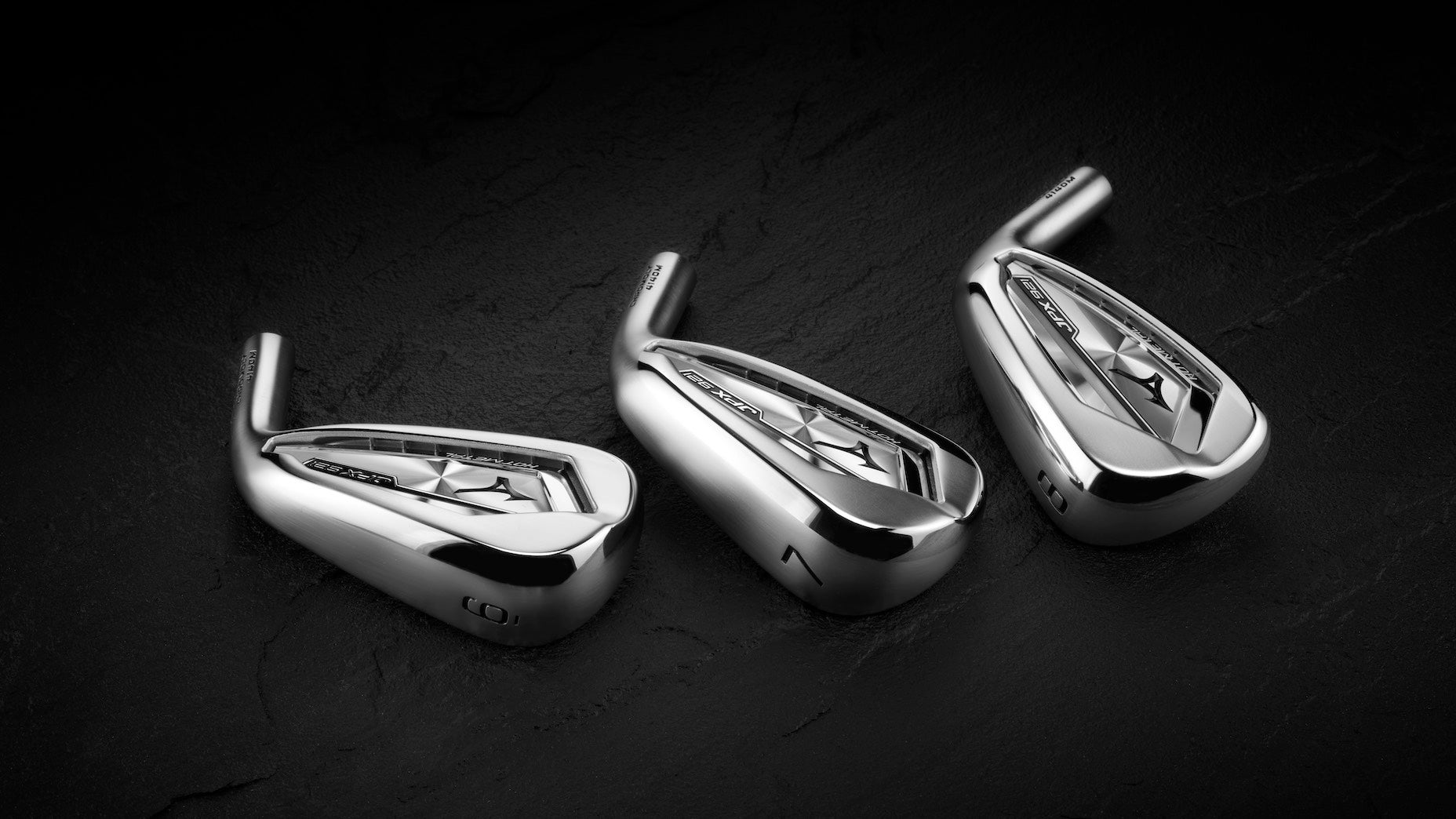
Mizuno’s JPX921 Hot Metal and Hot Metal Pro represents the third generation to feature Chromoly 4041M in a cast product. With two iterations already under their belt, the latest version boasts Mizuno’s most intricate face geometry to date. The combination of Chromoly and a re-engineered Cortech face made it possible to reduce the thickness of the center point an additional 0.2mm for ball speed purposes.
The ultra-thin face is paired with a variable thickness “seamless cup face” that turns the leading edge into a hinge for additional flex during impact. To keep the thinned out structure from losing its feel, three additional sound ribs were inserted around the perimeter to generate a solid sensation. Extreme perimeter weighting and a built-in toe bias deliver mis-hit protection that mid- to high-handicappers can appreciate.
While Hot Metal and Hot Metal Pro feature similar technology, the Pro version offers a more compact profile with reduced offset that should appeal to a wider handicap range. To get both models in line with other game-improvement irons in the category, lofts were also strengthened by one degree across the board.


